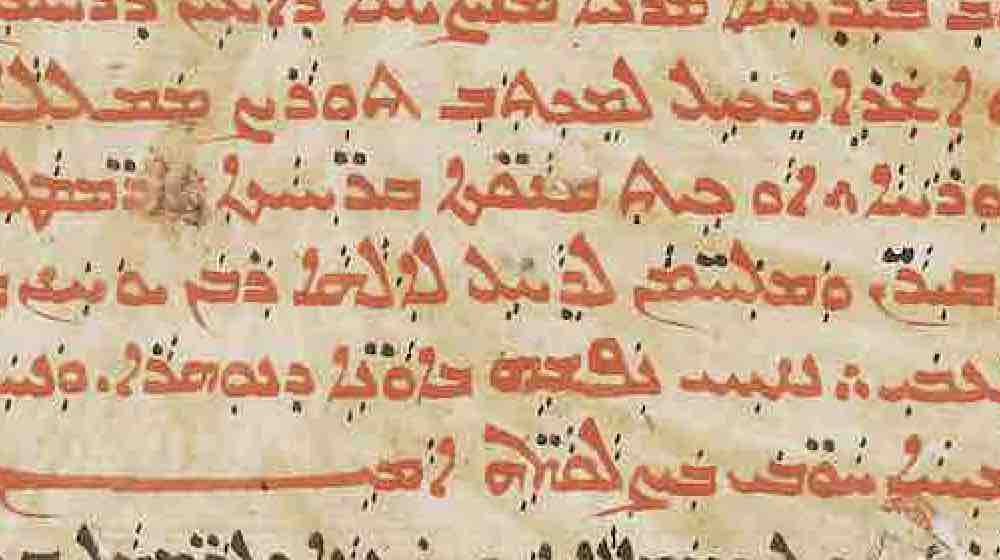Postscript — A Swedish Saint In Syriac
Postscript — A Swedish Saint in Syriac
July 27, 2023
Stories about saints, much like their relics, rarely remain tied to their geographic points of origin. Likewise, stories written by—or attributed to—saints travel widely, enriching new audiences around the world as the texts are translated, and preserving the legacy of those saints in new contexts.
One saint in particular—St. Bridget (or Birgitta) of Sweden—has a surprisingly far-ranging literary afterlife. Bridget was a 14th-century Swedish noblewoman and mystic who became famous for her prophetic revelations, originally written down in Swedish and soon translated into Latin to reach a wider audience. From Latin, Bridget’s revelations were translated into several European languages, and they became one of the most popular late medieval works of devotional literature in Europe.
Texts attributed to Bridget have been known to circulate in both Arabic and Geʻez (Classical Ethiopic), and recently two Bridgettine texts in Syriac were identified among HMML’s Eastern Christian collections.
The first is a Syriac translation of the popular “Fifteen Prayers” (sometimes called the “Fifteen Os” because each prayer begins with the address “O, Jesus…”), which were likely not written by Bridget herself but are widely attributed to her. So far, this text has been found in two manuscripts in Iraq: one in the Mar Behnam library in Mosul (MBM 00127), and one in the collection of the Chaldean Catholic Church, Diocese of Alqūsh (DCA 00044).
The second Syriac Bridgettine text is also found in DCA 00044, appearing just before the Fifteen Prayers. It gives an account of a revelation that describes the types of wounds Christ received leading up to his crucifixion. One excerpt, on folio 29v, reads as follows:
“And they struck me on my shoulders and knees thirty times, and they spit in my face seventy-three times. And I groaned bitter groans one hundred and twenty-eight times. Thirty-three times they pulled my beard mercilessly while I carried the cross.”
The Syriac title of the text is the “Revelation of our Lord Jesus, which he revealed to the three holy women.” The association of this text with Bridget is made by comparison to a very similar text in Geʻez. The Geʻez text, preserved in Bibliothèque nationale de France (Éth. 86), identifies the “three holy women” as St. Bridget, St. Mechtilde (of Hackeborn), and St. Elisabeth (of Hungary).
Much of Bridget’s own writing is presented in the form of mystical visions, and some pertain to the suffering of Jesus. However, it is unlikely that this particular work was written by Bridget because no Latin or Swedish original has been found.
Bridget herself may have never left Europe, but her legacy as an author and mystic is known throughout the world, in part through the texts that carry stories of the saint.
A version of this story originally appeared in the Summer 2023 issue of HMML Magazine.




